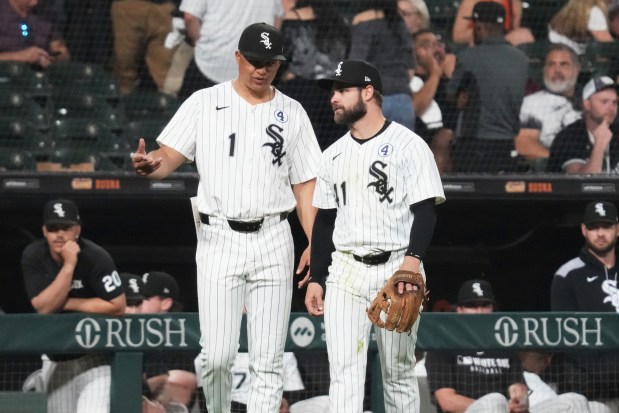I’m hoping to plant some new trees in my garden this fall and would like some advice on proper planting. Is it too late to plant trees?
— Josh Sargent, Palatine
There is still time to plant deciduous trees and shrubs, though you will find mixed opinions on whether planting this late in November is advisable. The weather forecast for the next couple of weeks predicts relatively warm weather, which would provide good conditions for planting. There is more risk with planting evergreens late in the season, as there is a higher chance of winter burn because they will not have much time to establish before winter sets in. About 10 years ago I installed seven 6-foot-tall upright yews (evergreens) in the middle of November. A cold spell came in and the root balls were all frozen solid at planting. Winter burn typically shows up in spring as the weather warms up, and all the trees I planted that fall had significant winter burn with lots of brown foliage. They all recovered but did not look good in spring until the new leaves sprouted. I would still plant evergreens at this time of year, but not in large quantities or at a windy and exposed site.
The biggest issue I see with tree planting is that they are planted too deep. Generally, this will not cause problems in the short term while your tree is under a typical one-year planting warranty, but it can be a major factor in the decline and death of the tree in the future. Most of the roots develop in the top 12 to 18 inches of soil, though this varies depending on the type of tree and soil. The root system tends to be shallower in the heavy clay soils common to the Chicago area. This makes the proper planting depth even more important. If a tree is planted too deeply, new roots have difficulty developing because of a lack of oxygen. A tree that is planted too deeply and survives may never reach its full potential.
Identify and use the trunk flare instead of the root ball top to guide you in determining the ideal planting depth. The trunk flare is where the roots spread at the base of the tree. This flare may be located well below the top of the root ball. Look down the trunk until you see it start to widen at the base — this is the trunk flare. If the trunk flare is buried in the root ball, plant the tree higher in the hole and carefully remove the excess soil above the root system. Be careful to avoid breaking up the root ball and damaging any roots or the trunk of the tree as you shave off the excess soil with a sharp flat spade. Recently planted trees that resemble telephone poles coming out of the ground are likely planted too deep. It is a good idea to raise these trees up for long-term success. The trunk flare should be visible when planting is completed. In heavy clay soils, I prefer to plant trees high, with the trunk flare 2 to 4 inches above the existing grade. When soils are sandy and very well-drained, I generally position the trunk flare 1 to 2 inches above grade.
Remove the burlap and wire baskets on the root balls once the tree is positioned in the planting hole. Sometimes the tree or shrub may have a loose root ball that would collapse after removing the wire basket and burlap. In that case, leave them in the burlap. It’s best to use existing soil as backfill and not amend it. You can amend the soil at the surface around the tree if desired. Water the tree well after planting and mulch it with 2 to 3 inches of mulch, keeping it a couple of inches away from the base of the plant. You may need to water it again if warm and dry weather continues through the middle of December.
For more plant advice, contact the Plant Information Service at the Chicago Botanic Garden at plantinfo@chicagobotanic.org. Tim Johnson is senior director of horticulture at the Chicago Botanic Garden.



